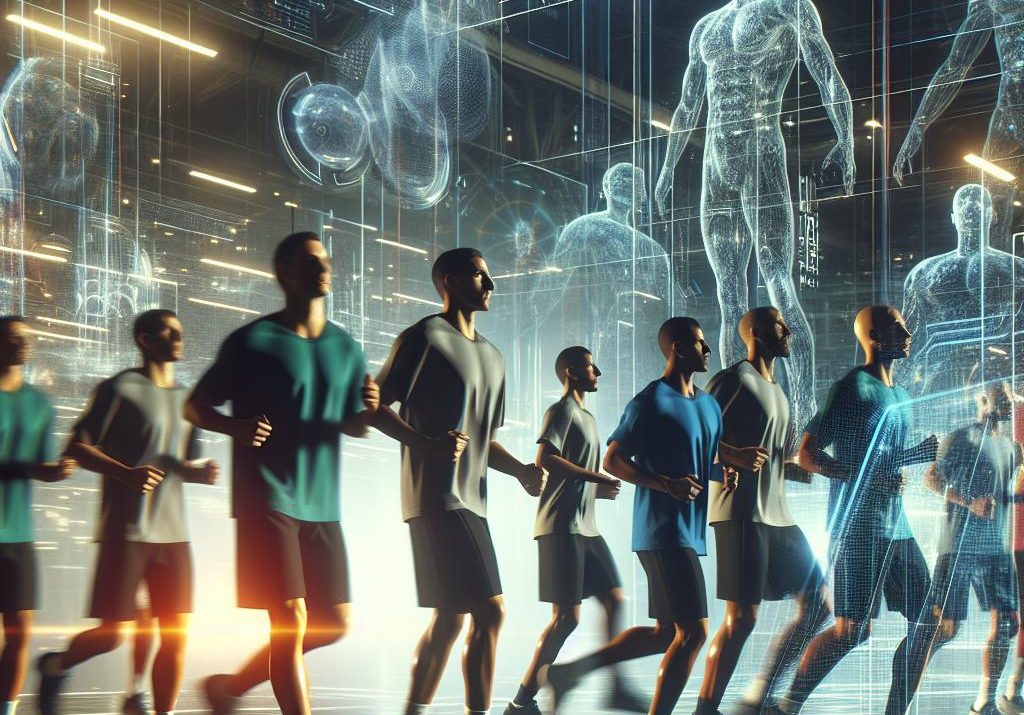Season-long analyses in collegiate football athletes reported decreases in diffusion MRI markers associated with neuroinflammation among players using Vielight’s transcranial photobiomodulation device versus placebo, with the active group reportedly showing no detectable inflammation signal on DTI and concurrent improvements in measures tied to cognitive performance and recovery. The intervention used pulsed near-infrared light, including 40-Hz “gamma” sessions, delivered via the company’s portable Neuro systems.
The core development is Vielight’s push to formalize sports performance and recovery as a proving ground for brain photobiomodulation. Following a University of Utah–led study conducted with BYU football athletes, BYU has adopted the technology program-wide. Parallel uptake is emerging in combat sports, where the regimen is being used to support pre-training focus and readiness. The company is positioning its latest device iteration (Neuro 4) as a practical, session-based, at-home tool that can be layered into training cycles without facility-based infrastructure, while highlighting neuroimaging and season-level outcomes over acute concussion endpoints.
Strategically, this is a beachhead-in-sports play aimed at generating translational evidence and normalization of use before pursuing higher-stakes medical claims. The decision to focus on MRI-derived inflammatory markers and performance recovery, rather than clinical TBI endpoints, reduces near-term regulatory friction and accelerates real-world exposure among a motivated early-adopter base. It also aligns with a broader shift toward non-pharmacological neuromodulation in brain health, where tPBM is vying for market share against tDCS, neurofeedback, and targeted cognitive training. The tradeoff is evidentiary rigor: season-long, program-level implementations and media-facing summaries are unlikely to satisfy payers or regulators without randomized, sham-controlled datasets with prespecified endpoints and quantified effect sizes.
For sponsors and CROs, the signal opens up a potential development track in mild TBI, post-concussive symptoms, and performance-related cognitive fatigue, utilizing device-led interventions with a relatively low operational burden and home-use dosing. The study design will hinge on credible blinding, which is nontrivial for light-based devices, and on composite endpoints that satisfy both clinical relevance and regulatory expectations—considering DTI metrics paired with serum biomarkers like NfL and GFAP, along with validated neurocognitive batteries and symptom scales. Sites may see new workflows that treat athletic programs as quasi-study networks, leveraging season calendars, centralized athletic training staff, and digital adherence logs. Vendors supporting decentralized capture of imaging, wearables, and cognitive assessments will find a receptive use case if data pipelines can synchronize with weekly training demands and post-impact evaluations.
Regulators will watch the boundary between wellness and medical claims. As positioning shifts from “performance and recovery” to “injury mitigation or treatment,” the path is likely to move toward de novo or 510(k) routes, requiring device-specific clinical evidence and robust safety characterization. The operational challenge for sponsors is to convert promising imaging and performance signals into registrationally relevant outcomes, while addressing dose optimization, frequency (including the role of 40-Hz pulsing), and durability across a competitive season.
Next, expect the peer-reviewed publication of the Utah/BYU dataset, a registered randomized trial with transparent protocols and sham controls, as well as expansion into multicenter studies that span collision sports and military populations. Key risks include variability in real-world adherence, the difficulty of maintaining blinding in light-based interventions, and the possibility that imaging gains do not translate to fewer concussions, faster RTP timelines, or sustained cognitive benefits. Watch for the selection and reproducibility of surrogate markers, convergence of imaging with blood biomarkers, and whether device telemetry and usage analytics are integrated into trial endpoints to strengthen causal claims.
Jon Napitupulu is Director of Media Relations at The Clinical Trial Vanguard. Jon, a computer data scientist, focuses on the latest clinical trial industry news and trends.






